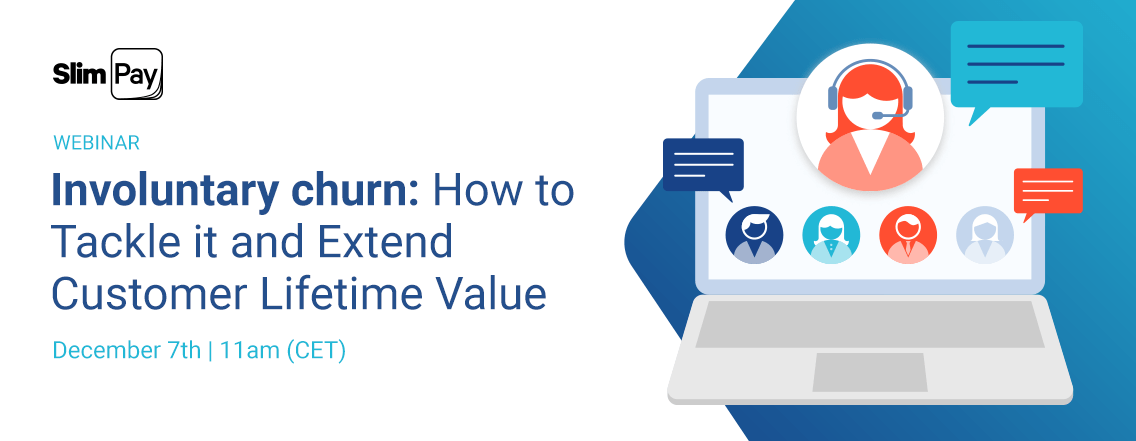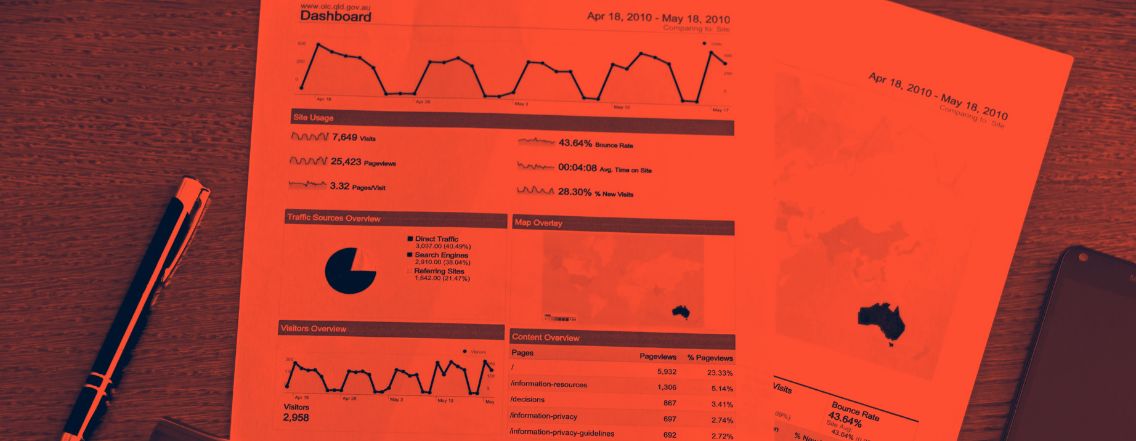WEBINAR—Are you a recurring-based business with too many failed payments? Do you struggle with rejection codes and expired account numbers? Even the most loyal customers can be lost due to involuntary churn. In the long run, this not only affects your bottom line, but also operational costs, customer satisfaction and more.
Churn is a common business problem that many merchants experience. The simple definition of churn is a measure of how many customers stop using your product or service. When your customers begin using your product or service, they contribute to the growth rate. But as is often the case, some of these customers will eventually stop using your service, which could also mean canceling their subscription, depending on your business model.
When a customer decides to end their relationship with a product or service, this is called voluntary or active churn. However, the other, less discussed type of churn, is called involuntary or passive churn. This is when a customer inadvertently ends their relationship with your company. This includes, but is not limited to: expired bank/credit cards, the loss or theft of card (and subsequent canceling of the card), the credit limit being exceeded, processing failures and many more.
SlimPay’s own Rachel Euchner (Product Marketing Manager) and Pierre Barakat (Lead Product Manager) hosted a webinar that will teach you:
- What the different types of churn are
- Benchmarks for churn by industry
- How to calculate involuntary churn
- Tactics to combat it
Didn’t get a chance to watch the webinar? Click on the button below to access the replay.




